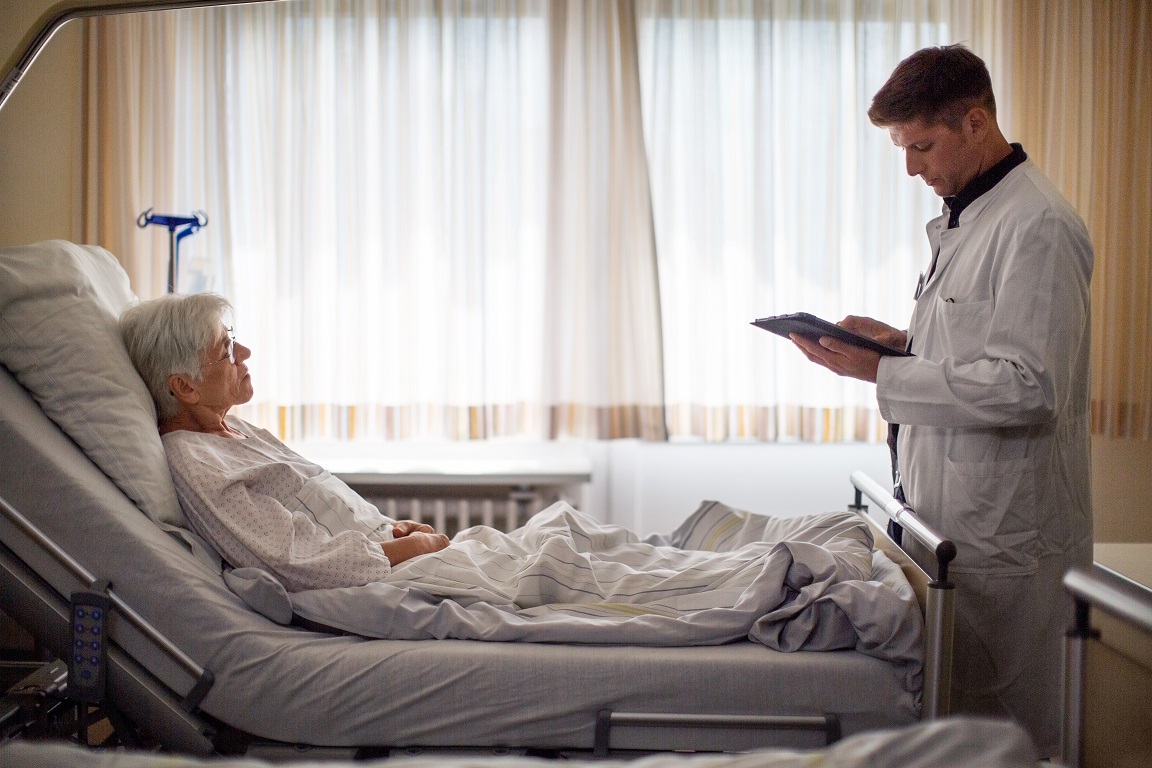Shifting chimeric antigen receptor T-cell (CAR-T) therapy to the outpatient setting, along with a virtual care platform, gives patients the opportunity to spend more time recovering safely at home, rather than in the hospital, according to preliminary study results presented at the ASH Annual Meeting 2023.
A team of researchers outlined their work on a study designed to assess the standardization of outpatient care after CAR-T therapy, using technology and virtual access to nurses.
“It’s important to consider CAR-T cell therapy in the outpatient setting,” explained presenter Tonya Cox, BSN, of Sarah Cannon Transplant and Cellular Therapy Network (SCTCTN).
“We know that patients have a better experience when they have more control and more independence, as well as they have a lower risk of HAIs [hospital-acquired infections],” she said, adding that outpatient care also addresses growing limitations on center capacity, and lowers cost and resource utilization.
The team investigated the efficacy of a standardized outpatient management approach with a pilot program at 4 SCTCTN sites. Study objectives included characterizing patient adherence during the day and at night, time spent on patient monitoring, and outcomes among the patients with remote patient monitoring as part of the standard outpatient care protocol.
Eligible patients were older than 18 years, lived within 30 to 60 minutes of their treating hospital, had a full-time caregiver, and no active central nervous system disease.
At day −5, patients received lymphodepleting chemotherapy. At day −3, patients are given an RPM kit. At day 0, CAR-T infusion occurs and RPM begins. Patients are monitored for cytokine release syndrome (CRS) and immune effector cell associated neurotoxicity syndrome (ICANS) for 30 days via outpatient monitoring.
A total of 100 patients (62 male, 38 female) underwent CAR-T therapy and completed the outpatient CAR-T program. Of those patients, 75% had non-Hodgkin lymphoma, 20% had plasma cell disorder, and 5% had acute lymphoblastic leukemia.
To participate in the outpatient CAR-T program, patients were enrolled into an FDA-cleared remote patient monitoring (RPM) platform, engaging daily with virtual nurses throughout the program, and in-person clinic visits for at least the first 14 days of the program, as those were deemed the highest-risk period.
The patients were given a RPM kit to use at home that included a tablet, axillary temperature patch, blood pressure cuff, and a wearable device with armband that could continuously monitor vital signs. The kit also included a hub with cellular capability, so no WiFi was needed. From an equity standpoint, this is important given that some patients may have limited internet capabilities, Ms Cox explained.
Parameters for patient monitoring were established for virtual nurse check-ins, alarms, and escalation of care to a clinic or emergency department. Nurses remotely triaged concerns as established with clinical pathways. Patients also completed periodic surveys from the nurses.
Overall, wearable adherence was 80.7%, and better at night than during the day (89.7% vs 66.4%); 58.4% completed the surveys; 100% BP compliance (3 readings/day) was achieved by 98.8%. The median length of monitoring was 17.2 days (range, 11.6 to 29.9). Patients were instructed to remove the wearable device and charge it while in the clinic, which may affect daytime adherence measure, Ms Cox explained.
Thirty patients (30%) of patients had no CRS, but half of these patients were hospitalized for other reasons. Most patients who were hospitalized with CRS experienced grade 1 or grade 2 events.
“In summary, we have demonstrated that we can safely manage CAR-T patients in the outpatient setting using a virtual care RPM platform, enabling patients to spend more time at home,” concluded Ms Cox.
“Future opportunities include reducing the number of daily clinic visits, investigating product-specific patterns in the data set, refining alarm triggers and individualizing based on a patient baseline, and to include patient reported outcomes and experience measures,” she added.
Reference
Cox T, Zahradka N, Billups RL, et al. Standardization of outpatient care after CAR-T therapy across a large cell therapy network through technology and decentralized virtual nurses: preliminary results. Presented at ASH 2023. December 9-12, 2023. San Diego, CA. Abstract 254.
